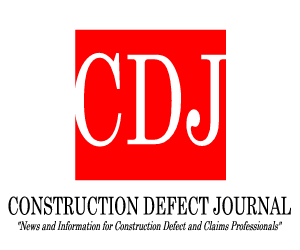
Whereas the plaintiff bar formerly used anchoring exclusively during summation and only by suggesting an exorbitant figure for plaintiff’s pain and suffering, it has now evolved.
Over the past few years, the plaintiff bar has expanded its use of improper anchoring tactics. Historically, improper anchoring was seen as a risky tactic in which a plaintiff’s counsel would suggest an outrageous figure for pain and suffering during summation in the hope that the lay jury would either award it or split the difference (cut the suggested figure by half) and, either way, return an excessive or runaway verdict. Plaintiff counsel deployed the tactic infrequently through the turn of the century for fear of alienating the jury by appearing greedy.
Two interrelated factors happened to change this dynamic. First, the plaintiff bar worked extremely hard in the intervening years with great success to shed its “ambulance chaser” stereotype by marketing itself as the “protector of the vulnerable”. Second, with the rise in Reptile and punitive tactics spawned in part by the publication of the Reptile handbook, the plaintiff bar also discovered that juries were not alienated by outrageous anchors as long as they were preceded by Reptile commentary essentially to “prime” the jury to punish the defendant rather than compensate the plaintiff with its award.
This is not speculation. I recall sitting outside a courtroom with one of New York’s top plaintiff attorneys in 2006 during deliberations on a catastrophic personal injury trial, during which he conceded to me that he was worried he had asked the jury for too large a figure (it was not even eight figures). A decade later in 2016, that same attorney felt no trepidation in requesting nearly $100 million for a comparable injury. He fed the jurors a steady diet of Reptile tactics from start to finish and they dutifully awarded the requested figure. Our research confirms that this two-step strategy (Reptile + improper anchor) preceded every New York nuclear verdict returned from 2010-2022. The same is almost certainly true of most nuclear verdicts in other jurisdictions.
Reprinted courtesy of Tim Capowski, Kahana Feld and Chris Theobalt, Kahana Feld
Mr. Capowski may be contacted at tcapowski@kahanafeld.com
Mr. Theobalt may be contacted at ctheobalt@kahanafeld.com




